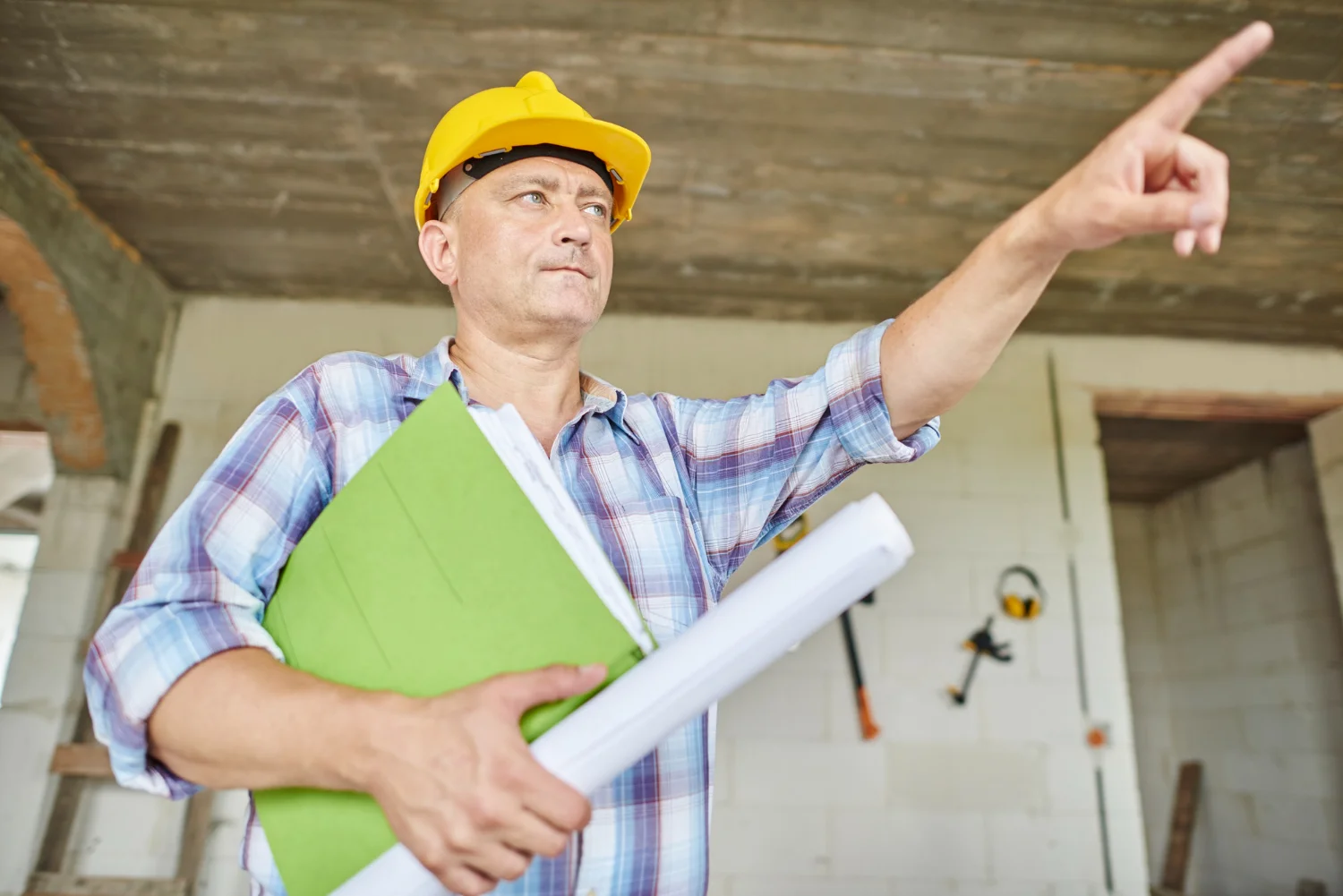If you’ve noticed a musty smell, dark spots on walls, or worsening allergy symptoms at home, mould could be silently spreading behind your walls or under your floors. In Rockhampton’s humid climate, this is more common than many homeowners realise. A professional Mould House Inspection is one of the most effective ways to detect, manage, and prevent mould growth before it leads to structural damage or health problems.
This guide offers expert advice on what Mould House Inspection involves, why it’s essential for Rockhampton residents, and how to take control of indoor air quality for a healthier home.
Why Mould Is a Serious Problem in Rockhampton Homes
Mould thrives in damp, poorly ventilated environments — and Rockhampton’s subtropical weather creates ideal conditions for it. Frequent rainfall, warm temperatures, and high humidity levels allow mould spores to multiply rapidly in homes, especially those with:
-
Leaking roofs or plumbing
-
Poorly sealed bathrooms and kitchens
-
Inadequate ventilation
-
Rising damp or condensation issues
Once mould begins to grow, it spreads quickly through microscopic spores. It can damage plaster, timber, paint, and even electrical systems. More importantly, it affects your health — triggering asthma, allergies, respiratory irritation, and in some cases, chronic sinus infections or fatigue.
A Mould House Inspection identifies the root cause of mould, ensuring the issue is fixed at its source rather than just cleaning surface stains.
What Is a Mould House Inspection?
A Mould House Inspection is a detailed assessment performed by a qualified inspector or indoor environmental professional. The goal is to determine:
-
The presence and extent of mould contamination
-
The type of mould (some species are more harmful than others)
-
The moisture source feeding the mould
-
The level of airborne spores in your indoor environment
These inspections use visual examination, moisture meters, and sometimes air or surface sampling. The resulting report helps homeowners plan safe, effective remediation strategies.
Common Signs You Need a Mould House Inspection
Rockhampton homeowners should look out for these warning signs that indicate it’s time to book an inspection:
-
Persistent musty odours even after cleaning
-
Discolouration or staining on walls, ceilings, or tiles
-
Condensation forming on windows or cold surfaces
-
Warped skirting boards or bubbling paint
-
Visible mould patches behind furniture or in bathrooms
-
Family members feeling sick when indoors but better outside
Because mould often hides in hard-to-reach areas (like wall cavities, ceilings, and under carpets), a professional Mould House Inspection is the only reliable way to uncover hidden problems.
The Step-by-Step Mould House Inspection Process
Here’s how a typical Mould House Inspection is carried out in Rockhampton homes:
1. Preliminary Consultation and Property Review
The process begins with a discussion about your concerns, the age of the property, and any visible signs of mould or leaks. The inspector reviews previous water damage, renovations, or flooding events — common triggers for hidden mould.
2. Visual Inspection
Next comes a thorough visual assessment of your home, both inside and out. Inspectors check walls, ceilings, floors, window frames, roof cavities, and plumbing points. They note signs of condensation, staining, or musty smells that may indicate moisture buildup.
3. Moisture Detection and Thermal Imaging
Specialised tools like moisture meters and thermal imaging cameras are used to detect dampness behind walls or under floors. These devices identify “cold spots” — areas where moisture is trapped — even if there’s no visible damage yet.
4. Air and Surface Sampling
If extensive mould is suspected, inspectors may take air samples to measure spore levels and surface swabs to identify specific mould types. This is especially useful for identifying toxic moulds such as Stachybotrys chartarum (commonly known as black mould).
5. Reporting and Recommendations
Finally, the inspector compiles a detailed report that outlines:
-
Areas affected by mould
-
Source of moisture intrusion
-
Severity of contamination
-
Recommended remediation steps
-
Preventive maintenance tips
This report serves as the foundation for professional mould removal and long-term prevention.
How Mould Affects Your Health and Home
One of the biggest misconceptions about mould is that it’s only a cosmetic issue. In reality, mould growth can seriously impact both your property and health.
Health Risks:
-
Respiratory irritation, coughing, and wheezing
-
Aggravated asthma or allergy symptoms
-
Headaches and fatigue
-
Skin irritation or eye redness
-
Immune system suppression with prolonged exposure
Structural Damage:
-
Decay of timber frames and floorboards
-
Peeling paint and plaster deterioration
-
Rusting of metal fittings
-
Persistent damp smells that reduce property value
A professional Mould House Inspection identifies these risks early, protecting both your home’s structure and your family’s wellbeing.
Why Professional Inspection Beats DIY Tests
While DIY mould test kits are available online, they rarely provide accurate results. Mould spores are everywhere — even in small, harmless amounts — so a DIY test might detect mould even when there’s no real issue.
Certified inspectors, on the other hand, can:
-
Distinguish between safe and harmful mould levels
-
Identify the actual moisture source
-
Recommend targeted remediation
-
Prepare legal or insurance-ready documentation
That’s why a professional Mould House Inspection is the smart and reliable option for Rockhampton homeowners.
When to Book a Mould House Inspection
You should consider scheduling an inspection:
-
After heavy rain or flooding – common in Rockhampton during storm season.
-
Before buying or renting a property – hidden mould can lead to costly repairs later.
-
After plumbing leaks or burst pipes – even small leaks can cause major damage.
-
If you notice new allergy or asthma symptoms – could indicate airborne spores indoors.
-
Annually for older homes – routine inspections prevent major infestations.
Preventing Mould Growth After Inspection
After completing a Mould House Inspection, prevention becomes key. Here are practical steps to keep mould from returning:
-
Fix leaks immediately – both roof and plumbing leaks feed mould.
-
Improve ventilation – use exhaust fans in bathrooms and kitchens.
-
Control humidity – keep indoor humidity below 60%.
-
Clean regularly – especially damp areas like bathrooms and laundry rooms.
-
Use mould-resistant paint – ideal for humid regions like Rockhampton.
-
Check gutters and drainage – prevent water pooling near walls or foundations.
Prevention saves money, preserves indoor air quality, and keeps your home safe year-round.
Regulations and Health Guidance
In Australia, there’s growing recognition of the risks associated with indoor mould exposure. Health agencies recommend early action to prevent long-term exposure.
For more detailed guidance, refer to the Australian Department of Health’s information on mould and dampness:
👉 Australian Department of Health – Mould Information
This resource explains safe cleaning methods, risk factors, and when professional help is required.
Choosing the Right Mould House Inspection Expert in Rockhampton
Selecting a qualified inspector ensures accurate findings and effective recommendations. When hiring a service provider, look for:
-
Certification in building inspection or environmental health
-
Experience with local Rockhampton conditions
-
Use of advanced tools like thermal imaging and moisture mapping
-
Comprehensive reporting with photos and moisture readings
-
Insurance and professional accreditation
A professional who understands Rockhampton’s humidity, building materials, and council standards will provide the most reliable results.
Costs and What to Expect
The cost of a Mould House Inspection varies depending on the size of your home and the complexity of the issue. On average, Rockhampton homeowners can expect:
-
Basic visual inspections: $200–$350
-
Detailed inspections with sampling: $400–$700
-
Large properties or commercial sites: $800+
While it may seem like an expense, early detection prevents far costlier structural repairs and medical expenses down the road.
Your Next Steps for a Healthier Home
For Rockhampton property owners, ignoring mould is never a safe option. Investing in a professional Mould House Inspection provides peace of mind — knowing your home is structurally sound, healthy, and compliant with environmental safety standards.
Regular inspections, combined with proactive moisture control, can prevent recurring mould and keep your property’s value intact.
Don’t wait until the musty smell gets stronger or walls start to stain — act early and safeguard your family’s health with a professional Mould House Inspection today.



